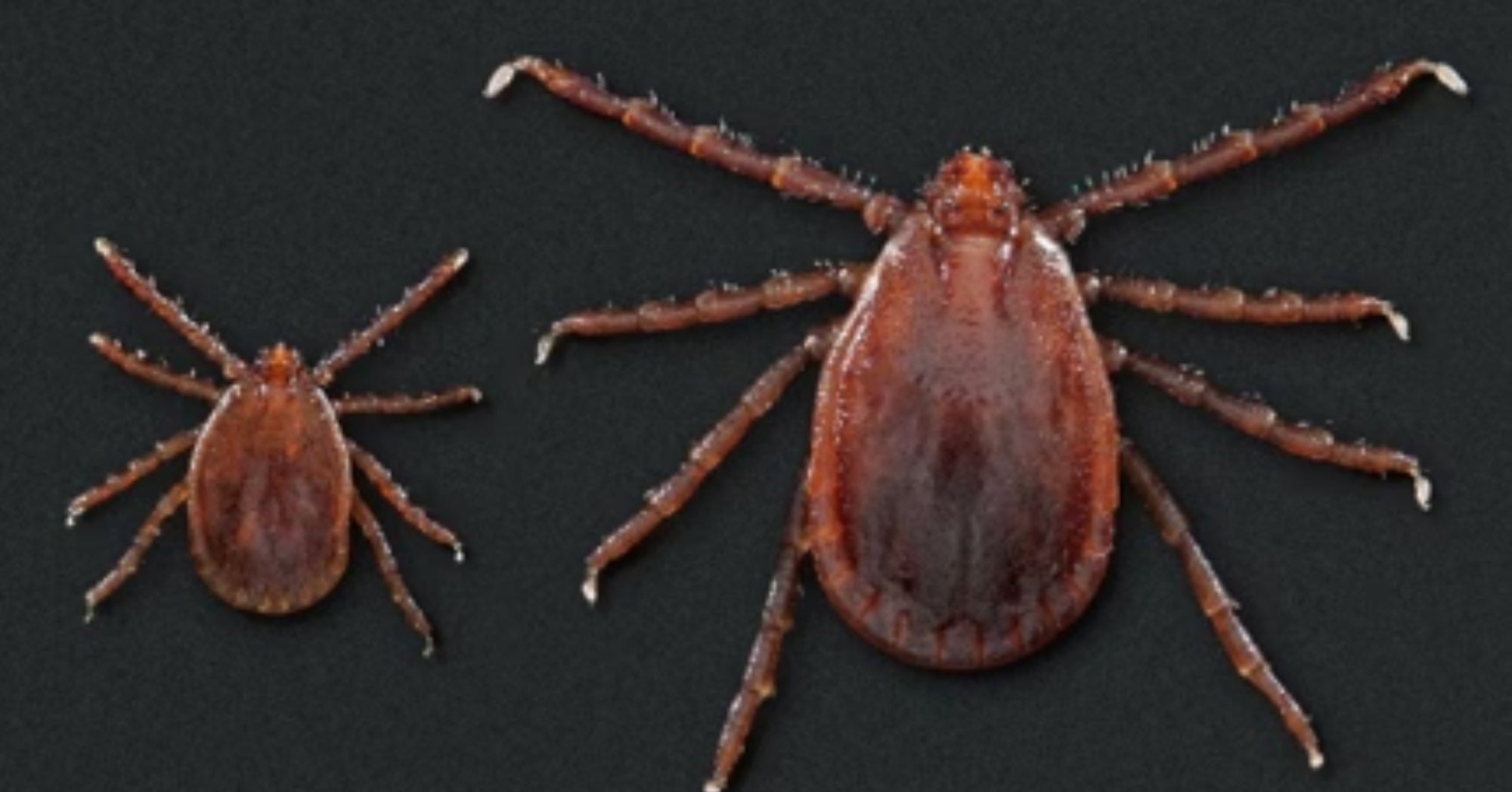A relatively recent (labeled as an emerging threat) red blood cell parasite has now been diagnosed in calves in Kansas. The parasite, Theileria orientalis ikeda, was originally detected in 2017 in Virginia but has been making a steady march across the United States and is now identified in at least 16 U.S. states.
In one Kansas case, the calves were purchased on the East Coast and imported into Kansas for feeding. The disease is spread through multi-use needles and insect vectors. The primary vector is the Asian long-horned tick, a relatively new tick in the U.S. The tick has not yet been found in Kansas, but has been found in Missouri, Arkansas, and Oklahoma.
Theileria orientalis is a tickborne protozoan parasite affecting red and white blood cells, causing bovine infectious anemia. This condition, known as theileriosis, presents symptoms similar to anaplasmosis in cattle, including anemia, jaundice, and weakness. While native genotypes of T. orientalis in the United States are typically nonpathogenic, the virulent Ikeda genotype has emerged as a significant concern.
While some species of Theileria, such as T. parva and T. annulata, are reportable to the World Organisation for Animal Health, T. orientalis is currently not classified as reportable. Importantly, the U.S. Department of Agriculture notes that there are no known risks to human health from T. orientalis, but its impact on cattle health and the livestock industry is profound.
The emergence of the virulent Ikeda genotype poses challenges for cattle producers, particularly in regions with established populations of the Asian longhorned tick. Theileriosis can lead to significant economic losses due to cattle mortality, reduced productivity, and increased veterinary costs. Producers are urged to monitor their herds for symptoms and consult veterinarians promptly for diagnosis and management strategies.
Since 2017, T. orientalis Ikeda has been confirmed in cattle in at least 16 states, including Virginia, West Virginia, Pennsylvania, and New York. Its steady movement across the country correlates with the presence of the invasive Asian longhorned tick, a primary vector of the disease. Initially native to eastern Asia, this tick has been identified in 19 states, thriving in diverse habitats and spreading due to its ability to reproduce both sexually and through parthenogenesis.
Theileriosis primarily affects pregnant heifers and calves, with mortality rates reaching up to 5 percent in infected herds. Clinical signs include anemia, mucosal pallor, elevated heart and respiratory rates, weakness, reluctance to walk, and, in some cases, abortion. While cattle breeds like Wagyu in Japan exhibit reduced susceptibility, other breeds and younger animals remain highly vulnerable.
Cattle recovering from T. orientalis infections typically become chronic carriers, potentially serving as reservoirs for the parasite. The introduction of naïve cattle to endemic areas or infected animals into previously unaffected herds exacerbates the risk, especially when competent tick vectors are present.
Infected ticks transmit the parasite to cattle through their saliva during feeding. Sporozoites, the infective stage, develop in ticks feeding on infected hosts, completing the transmission cycle. High environmental temperatures can accelerate the maturation of sporozoites, increasing the risk of infection. Once introduced, ticks carrying T. orientalis can persist on pastures for up to two years under favorable conditions.
The USDA notes that as T. orientalis Ikeda continues its spread across the U.S., containment and management strategies are critical. Preventing further tick proliferation, monitoring cattle herds for early signs of theileriosis, and implementing advanced diagnostic tools are essential steps in mitigating this emerging threat to the cattle industry.











